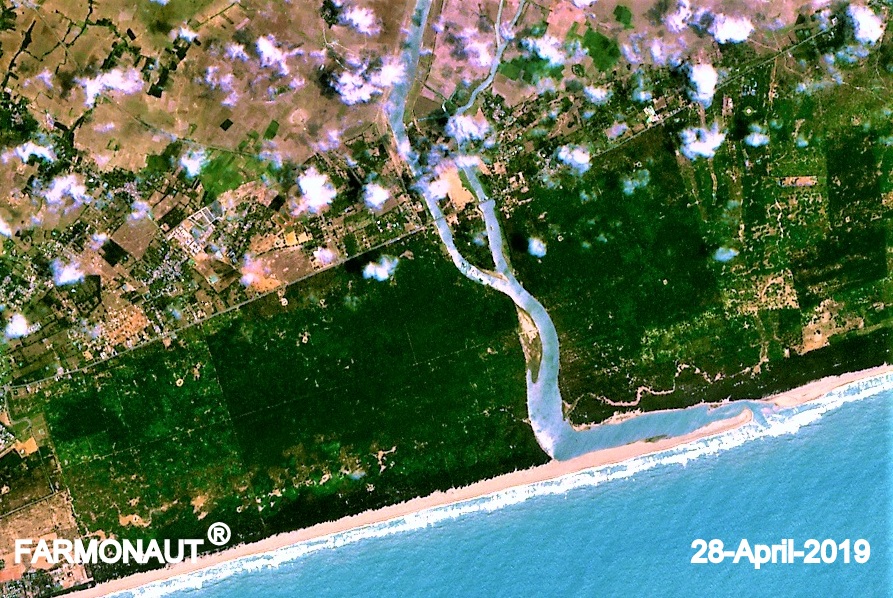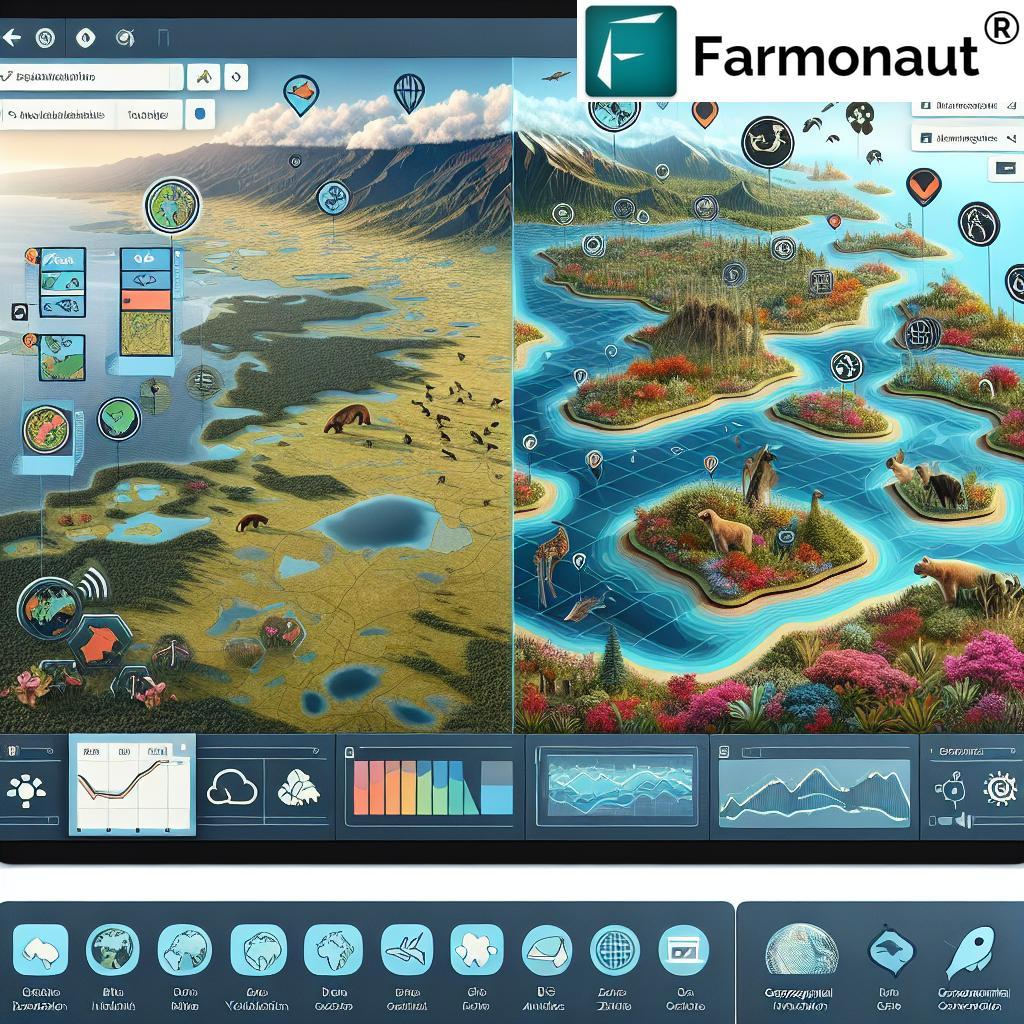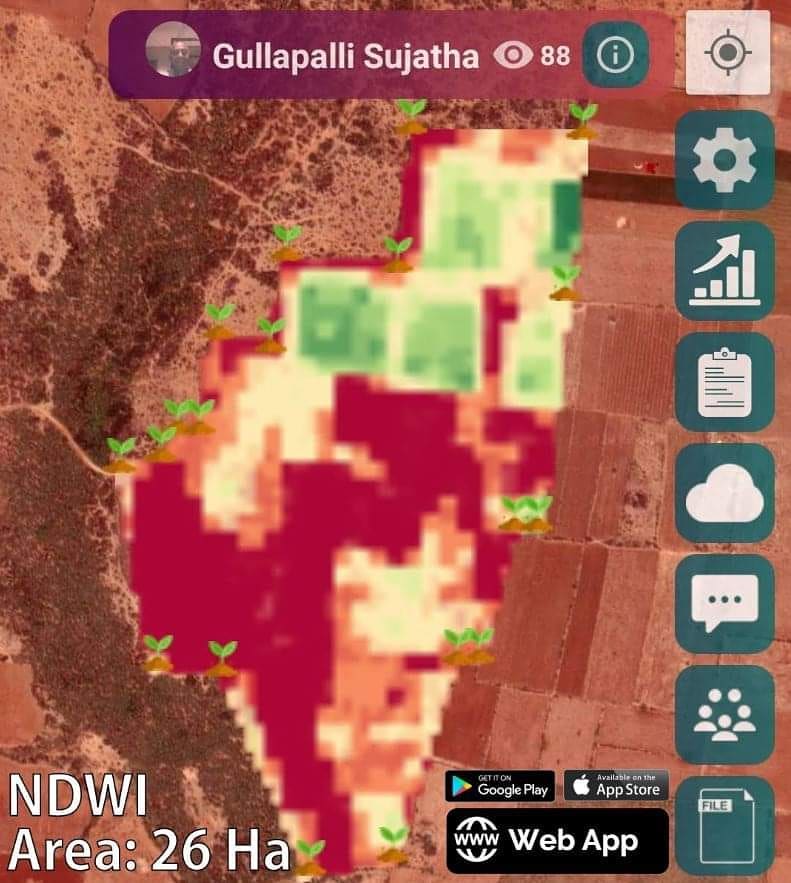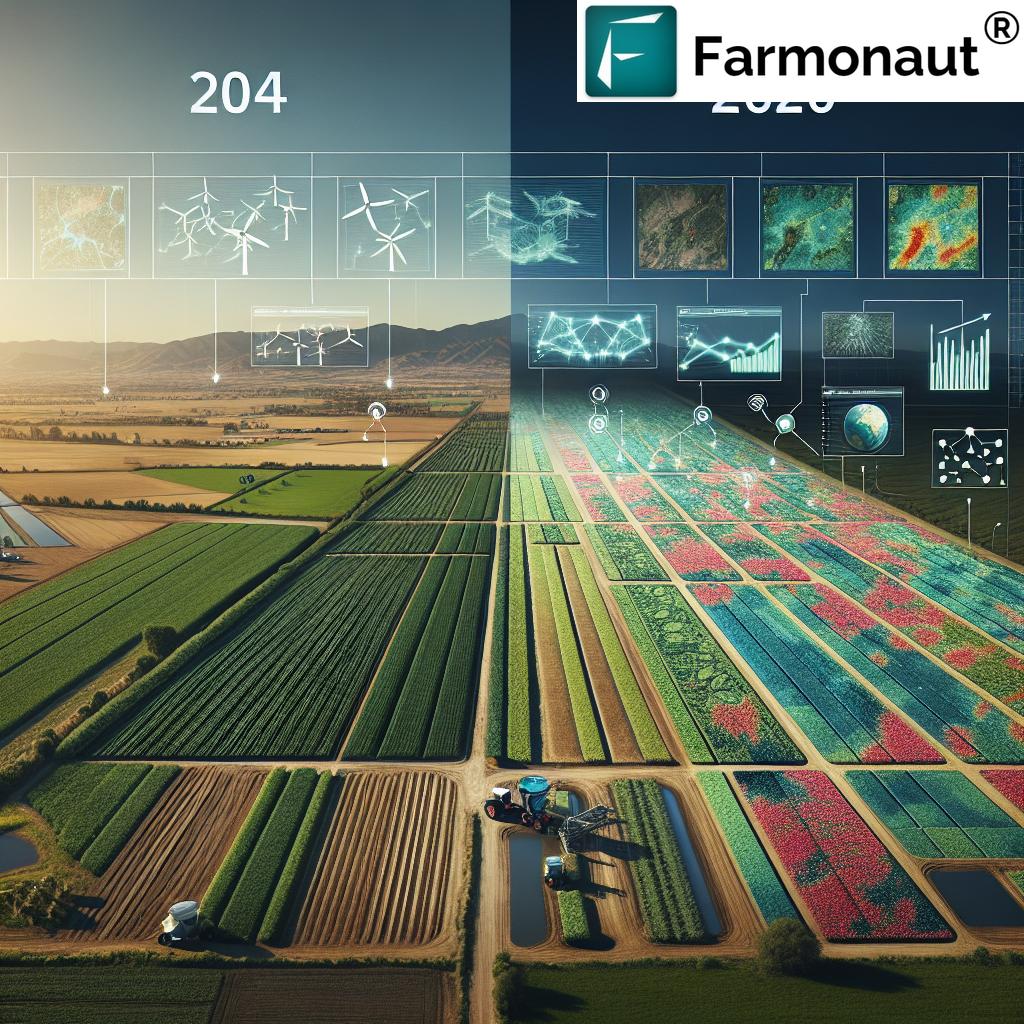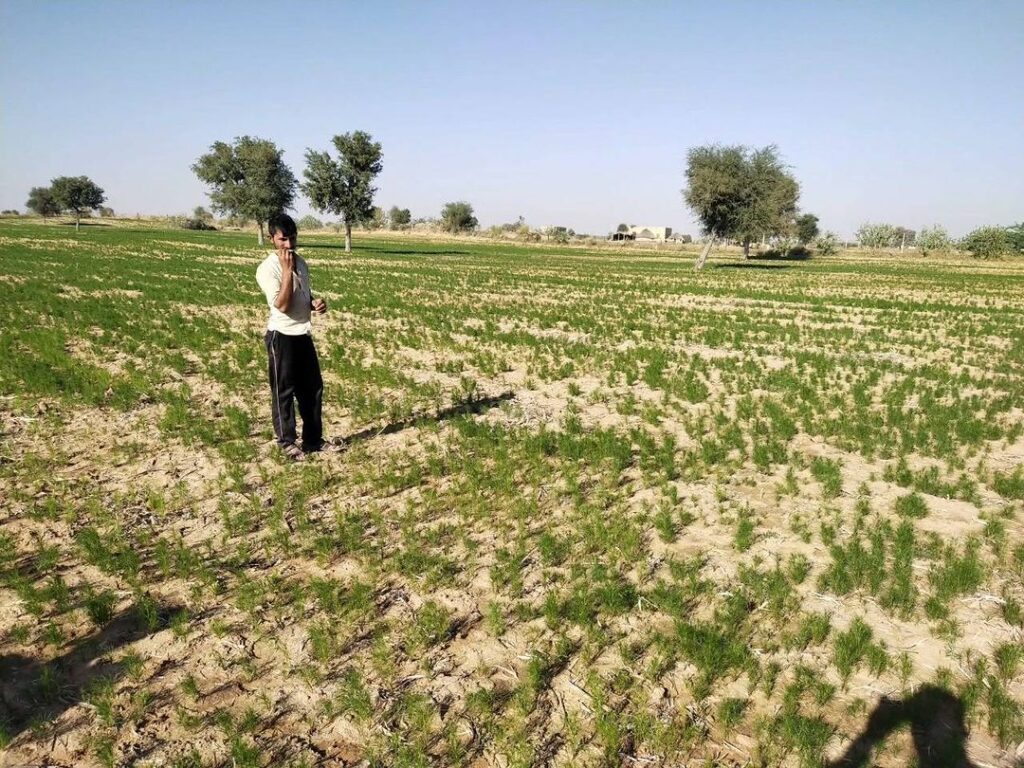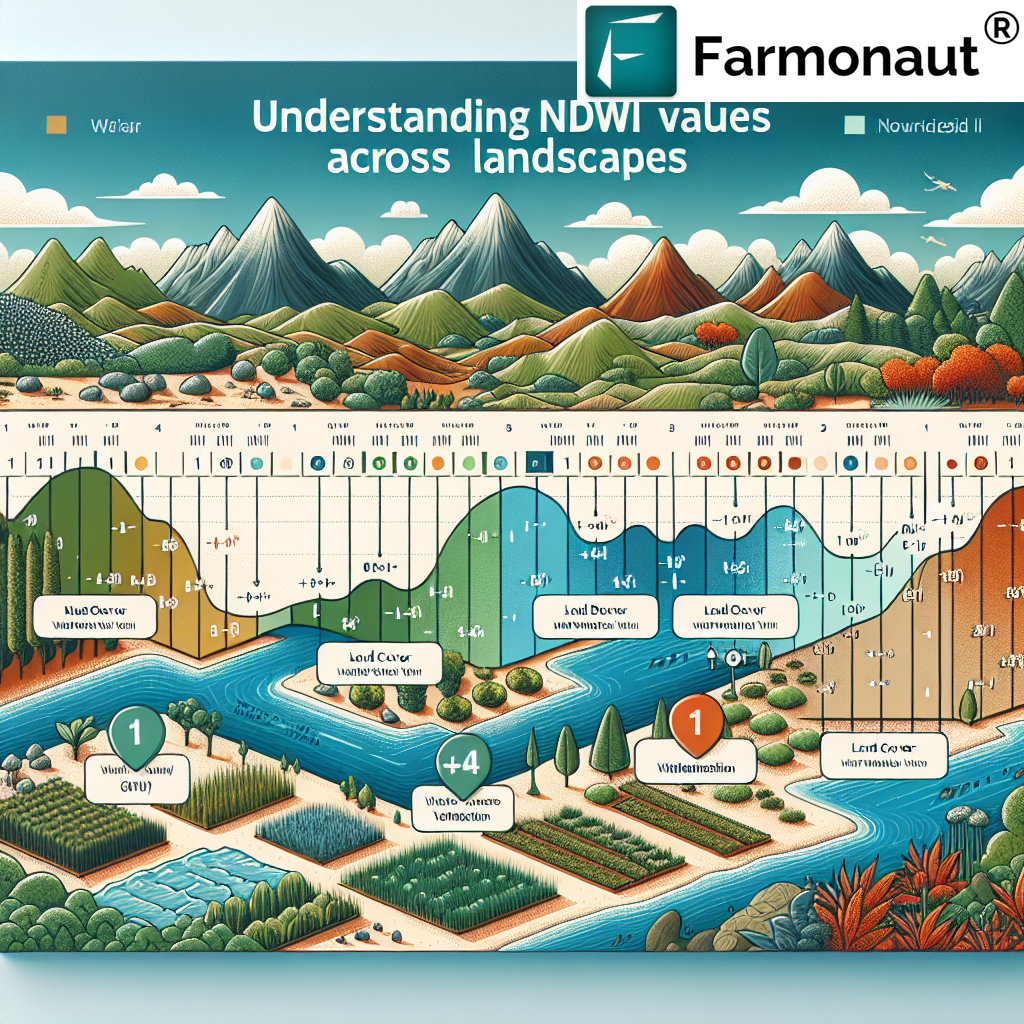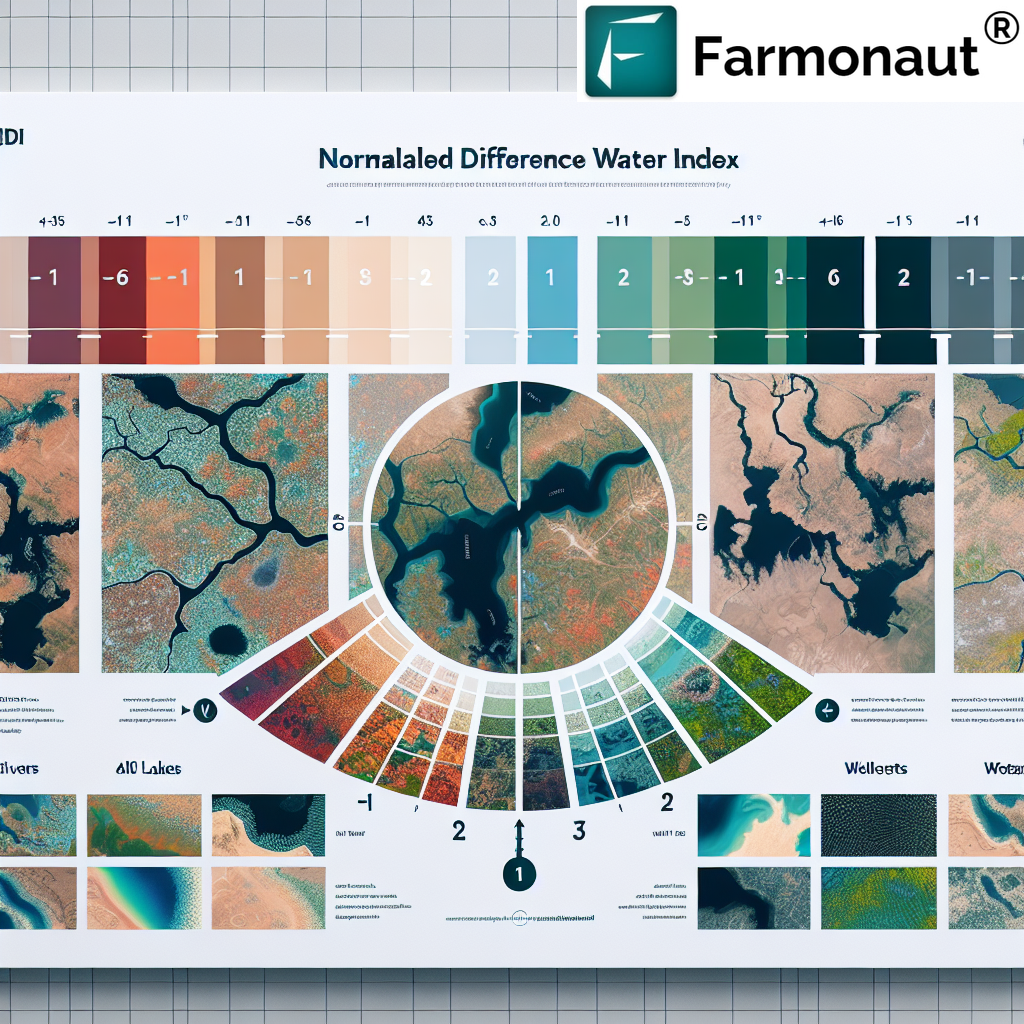Fertilizer Consumption in India- Trends, Impacts, and Sustainable Solutions
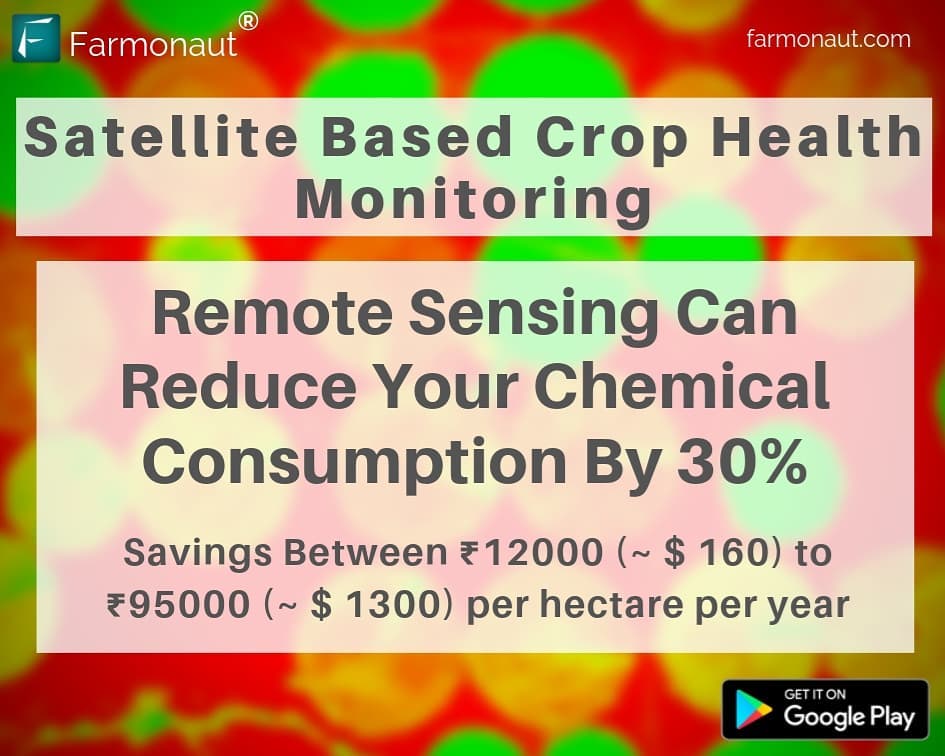
In the realm of agriculture, understanding and optimizing fertilizer consumption is crucial for sustainable farming practices and food security. As we delve into the intricacies of India’s agricultural landscape, we’ll explore the trends in fertilizer usage, its economic implications, and how innovative technologies are paving the way for more efficient and eco-friendly farming methods.
The Rise of Fertilizer Consumption in India
India, being one of the world’s largest agricultural producers, has seen a significant increase in its fertilizer consumption over the years. Let’s take a closer look at the numbers:
- In 2002, fertilizer consumption in India stood at 100.3 kilograms per hectare.
- By 2016, this figure had risen to 165.8 kilograms per hectare.
- This represents an average annual growth rate of 3.81%.
This upward trend reflects the country’s efforts to boost agricultural productivity to meet the demands of a growing population. However, it also raises questions about the sustainability and environmental impact of such intensive fertilizer use.
Understanding Fertilizer Consumption
Fertilizer consumption is a key metric in agricultural analysis. It measures the quantity of plant nutrients used per unit of arable land. This includes various types of fertilizers:
- Nitrogenous fertilizers
- Potash fertilizers
- Phosphate fertilizers (including ground rock phosphate)
It’s important to note that traditional nutrients, such as animal and plant manures, are not included in this measurement. The focus is primarily on synthetic fertilizers that have become increasingly prevalent in modern agriculture.
The Economic Impact of Fertilizer Use
The rising fertilizer consumption has significant economic implications for Indian farmers. The chemical price of fertilizers can vary widely, ranging from 250 rupees to 2000 rupees per kilogram, depending on the specific chemical being used.
Let’s break down the potential annual expenditure for an Indian farmer:
- At the lower end: 41,500 rupees per hectare of arable land
- At the higher end: 332,000 rupees per hectare of arable land
This substantial cost underscores the need for more efficient fertilizer use to maintain profitability while ensuring crop health and productivity.
The Role of Remote Sensing in Optimizing Fertilizer Use
Remote sensing technology has emerged as a game-changer in precision agriculture. Companies like Farmonaut are at the forefront of this revolution, offering satellite-based crop health monitoring solutions that can significantly reduce chemical consumption.
Here’s how remote sensing helps in optimizing fertilizer use:
- Identification of Problem Areas: Satellite imagery can pinpoint areas where crop growth is not normal, allowing farmers to focus their efforts on these specific regions.
- Targeted Application: Instead of blanket application, farmers can apply fertilizers, chemicals, insecticides, pesticides, and plant growth regulators only where needed.
- Cost Savings: By using remote sensing results, farmers can potentially save at least 30% on chemical consumption per year.
- Environmental Benefits: Reduced chemical use leads to less soil and water pollution, contributing to more sustainable farming practices.
The Farmonaut Advantage
At Farmonaut, we’re committed to making precision agriculture accessible and affordable for farmers worldwide. Our satellite-based farm management solutions offer a range of benefits:
- Real-time crop health monitoring
- AI-based advisory systems
- Blockchain-based traceability
- Resource management tools
By leveraging these technologies, farmers can make data-driven decisions that optimize their fertilizer use and improve overall farm productivity.
Comparing Farm Monitoring Systems
While there are various farm monitoring systems available, satellite-based solutions like Farmonaut offer distinct advantages. Here’s a comparison:
| Feature | Farmonaut Satellite System | Drone-based Monitoring | IoT-based Monitoring |
|---|---|---|---|
| Coverage Area | Large scale (Global) | Limited (Local) | Limited (Local) |
| Frequency of Data | Regular (Every few days) | On-demand | Continuous |
| Initial Setup Cost | Low | High | Medium to High |
| Operational Cost | Low | Medium | Low to Medium |
| Ease of Use | High | Requires skilled operator | Moderate |
| Weather Dependency | Low | High | Low |
| Data Analysis | Advanced AI-powered | Manual or semi-automated | Automated |
The Economic Benefits of Precision Agriculture
The adoption of precision agriculture technologies, such as those offered by Farmonaut, can lead to significant cost savings for farmers. Let’s break down the potential savings:
- For every hectare of land, a farmer can save between 12,000 rupees (approximately $160) and 95,000 rupees (approximately $1300) per year.
- These savings come primarily from reduced chemical consumption and more efficient resource utilization.
- Over time, these savings can add up to substantial amounts, especially for farmers with larger land holdings.
Moreover, the benefits extend beyond mere cost savings. Precision agriculture also contributes to:
- Improved crop yields
- Better soil health
- Reduced environmental impact
- Enhanced food quality
The Future of Fertilizer Use in India
As we look to the future, it’s clear that the trend of increasing fertilizer consumption in India needs to be balanced with sustainable practices. Here are some key considerations:
- Precision Agriculture: The adoption of technologies like satellite-based crop monitoring will play a crucial role in optimizing fertilizer use.
- Organic Farming: There’s growing interest in organic farming methods that reduce reliance on synthetic fertilizers.
- Government Policies: Initiatives to promote balanced fertilizer use and subsidize eco-friendly alternatives will shape future consumption patterns.
- Farmer Education: Increasing awareness about the environmental impacts of excessive fertilizer use and training in precision agriculture techniques will be vital.
- Research and Development: Ongoing research into more efficient fertilizers and farming practices will contribute to more sustainable agriculture.
Farmonaut’s Contribution to Sustainable Agriculture
At Farmonaut, we’re committed to driving the future of sustainable agriculture. Our platform offers a range of features designed to help farmers optimize their fertilizer use and improve overall farm management:
- Satellite-Based Crop Health Monitoring: Our multispectral satellite imagery provides insights into vegetation health, soil moisture levels, and other critical metrics. This data helps farmers make informed decisions about fertilizer application, reducing waste and improving efficiency.
- Jeevn AI Advisory System: Our AI-driven tool delivers personalized farm advice, including recommendations for fertilizer use based on real-time crop health data and weather forecasts.
- Blockchain-Based Product Traceability: This feature ensures transparency in the agricultural supply chain, allowing consumers to verify the sustainable practices used in crop production, including fertilizer use.
- Carbon Footprinting: We help agribusinesses monitor and reduce their environmental impact, including emissions related to fertilizer production and application.
To explore these features and more, visit our app or check out our API services.
The Importance of Data in Modern Agriculture
In the age of digital agriculture, data has become as crucial as seeds and fertilizers. Here’s why data-driven farming is essential:
- Informed Decision Making: Access to real-time data allows farmers to make decisions based on current conditions rather than historical patterns or guesswork.
- Resource Optimization: Data helps in precise application of resources like water, fertilizers, and pesticides, reducing waste and environmental impact.
- Predictive Analysis: Advanced algorithms can predict potential issues like pest infestations or disease outbreaks, allowing for preventive measures.
- Yield Forecasting: Data-driven models can provide more accurate yield forecasts, helping farmers and agribusinesses in planning and resource allocation.
- Continuous Improvement: By analyzing data over time, farmers can identify trends and continuously improve their practices.
Farmonaut’s platform is designed to harness the power of data, providing farmers with actionable insights that lead to more sustainable and profitable farming practices.
The Global Context of Fertilizer Use
While we’ve focused on India’s fertilizer consumption, it’s important to consider the global context. Worldwide, the agricultural sector faces similar challenges in balancing productivity with sustainability. Here are some global trends:
- Increasing Demand: Global population growth is driving increased demand for food, putting pressure on farmers to boost yields.
- Environmental Concerns: Excessive fertilizer use has led to issues like water pollution and soil degradation in many parts of the world.
- Technological Adoption: Countries around the world are increasingly adopting precision agriculture technologies to optimize resource use.
- Policy Shifts: Many governments are implementing policies to promote sustainable farming practices and reduce environmental impacts of agriculture.
In this global context, solutions like Farmonaut have the potential to make a significant impact, not just in India but worldwide.
The Role of Weather in Fertilizer Application
Weather plays a crucial role in determining the effectiveness of fertilizer application. Factors like rainfall, temperature, and humidity can significantly impact how plants absorb nutrients. This is where Farmonaut’s weather API comes into play.
Our Satellite Weather API provides accurate, location-specific weather data that helps farmers:
- Time their fertilizer applications for optimal absorption
- Adjust application rates based on predicted rainfall
- Plan other farm activities around weather conditions
By integrating weather data with crop health information, farmers can make more informed decisions about fertilizer use, further optimizing their consumption and reducing waste.
The Future of Farming: Integrating Multiple Data Sources
The future of agriculture lies in the integration of multiple data sources to provide a comprehensive view of farm conditions. At Farmonaut, we’re working towards this future by combining:
- Satellite imagery
- Weather data
- Soil sensor information
- Historical crop data
- Market trends
By analyzing these diverse data sets, we can provide farmers with even more accurate and actionable insights, not just for fertilizer use but for all aspects of farm management.
Empowering Farmers with Mobile Technology
In today’s fast-paced world, access to information on-the-go is crucial. That’s why we’ve developed mobile apps that bring the power of Farmonaut’s technology directly to farmers’ smartphones. Our apps are available for both Android and iOS devices:
These apps allow farmers to:
- Access real-time crop health data
- Receive personalized farming advice
- Track weather conditions
- Plan fertilizer applications
- Monitor multiple fields simultaneously
By putting this powerful tool in farmers’ pockets, we’re enabling them to make data-driven decisions anytime, anywhere.
The Economic Impact of Optimized Fertilizer Use
The economic benefits of optimized fertilizer use extend beyond individual farm savings. On a larger scale, it can have significant impacts on:
- National Agriculture Output: More efficient farming practices can lead to increased overall agricultural production.
- Export Competitiveness: Reduced input costs can make agricultural exports more competitive in the global market.
- Rural Economics: Improved farm profitability can boost rural economies and livelihoods.
- Government Subsidies: Optimized fertilizer use could potentially reduce the need for fertilizer subsidies, freeing up government resources for other areas.
By adopting precision agriculture technologies like Farmonaut, farmers are not just improving their own bottom line, but contributing to broader economic benefits.
Frequently Asked Questions
Here are some common questions about fertilizer consumption and precision agriculture:
- Q: What is fertilizer consumption?
A: Fertilizer consumption measures the quantity of plant nutrients used per unit of arable land. It includes synthetic fertilizers like nitrogenous, potash, and phosphate fertilizers, but not traditional nutrients like animal and plant manures. - Q: How has fertilizer consumption in India changed over the years?
A: Fertilizer consumption in India increased from 100.3 kilograms per hectare in 2002 to 165.8 kilograms per hectare in 2016, growing at an average annual rate of 3.81%. - Q: How much do Indian farmers typically spend on fertilizers?
A: On average, an Indian farmer spends between 41,500 to 332,000 rupees per year on each hectare of arable land for fertilizers, depending on the specific chemicals used. - Q: How can remote sensing help in reducing fertilizer consumption?
A: Remote sensing technologies, like those offered by Farmonaut, can identify areas where crop growth is not normal. This allows farmers to apply fertilizers and other chemicals only where needed, potentially saving up to 30% on chemical consumption per year. - Q: How much can a farmer save by using precision agriculture technologies?
A: For every hectare of land, a farmer can potentially save between 12,000 rupees (~ $160) and 95,000 rupees (~ $1300) per year by using precision agriculture technologies. - Q: What are the environmental benefits of optimized fertilizer use?
A: Optimized fertilizer use can lead to reduced soil and water pollution, improved soil health, and a lower carbon footprint from agriculture. - Q: How does Farmonaut’s technology work?
A: Farmonaut uses satellite imagery and AI algorithms to monitor crop health, provide personalized farming advice, and offer insights for optimized resource use, including fertilizers. - Q: Is Farmonaut’s technology suitable for small farmers?
A: Yes, Farmonaut’s solutions are designed to be accessible and affordable for farmers of all scales, from small landholders to large agribusinesses. - Q: How can I access Farmonaut’s services?
A: You can access Farmonaut’s services through our web platform, mobile apps (available for both Android and iOS), or by integrating our API into your existing systems. - Q: What other benefits does precision agriculture offer besides optimized fertilizer use?
A: Precision agriculture can also help with water management, pest control, yield prediction, and overall farm planning and management.
Conclusion
As we’ve explored in this comprehensive look at fertilizer consumption in India, the agricultural sector is at a crucial juncture. The need to increase productivity must be balanced with environmental sustainability and economic viability for farmers. Technologies like those offered by Farmonaut are playing a pivotal role in this balancing act, providing data-driven solutions that optimize resource use, reduce costs, and promote sustainable farming practices.
The future of agriculture lies in precision, efficiency, and sustainability. By leveraging satellite technology, AI, and data analytics, we can help farmers make informed decisions, reduce unnecessary chemical use, and ultimately contribute to a more sustainable and food-secure future.
If you’re ready to take your farming practices to the next level, consider subscribing to Farmonaut’s services:
Join us in revolutionizing agriculture, one farm at a time. Together, we can create a more sustainable, productive, and prosperous agricultural future for India and the world.


